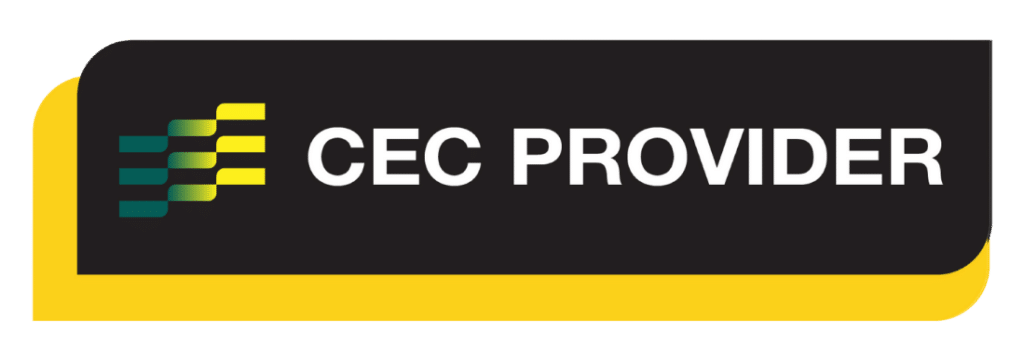Wunda Chair Repertoire
Challenge:
Lateral Series: Side Flexion with Twist Teaser
Alternate Names
Twisted Teaser, Big Twist
Derived From
Mat Pilates: Teaser
Primary Element
Challenge
Using full body control, this exercise demands strength and stability from the torso, shoulder girdle and legs all moving together with control and precision, as well as mobility through the thoracic spine and torso.
Secondary Element
Strength
To strengthen the abdominal muscles and improve hip flexor control.
Tertiary Element
Stability
Stability is required in the lift and return phase of the movement, from the shoulders controlling the pedal, to the torso engagement during rotation and the legs being supported to hold and potentially extend at the top end position.
Repetitions
4-6 each side
Apparatus Setup
Suggested springs
- Exo Chair by Balanced Body
- Cactus style number system
- One spring on setting 2
- Cactus style number system
- Resistance: light
Scan the apparatus once the client is moving for correct set up (Clain Pilates, 2002).
- Pedal position first – check the dowl is secure if split pedal
- Springs second
- Handles or small apparatus such as a ball or Magic Circle last
Plane of Motion
Transverse
Targeted Muscles
Abdominal muscles – transversus abdominis, the deepest layer of abdominal muscles. Its role is to support the torso by maintaining abdominal wall tension which stabilises the spine and pelvis.
Rectus abdominis or the ‘six-pack’ muscles are also used in the flexion or forward lift part of the movement.
The abdominal internal and external obliques to facilitate the rotation of the torso.
Warnings
Not suitable for some shoulder and spine pathologies, especially where the client finds it difficult to position the hands back onto the pedal with the shoulders externally rotated, or where rotation is contraindicated.
Execution
Sit on one side of the pelvis in the centre of the seat with both legs straight out and connected together. Press the pedal down with the underside hand and square off the shoulders, aiming to be in a line from the shoulders to the feet. The top arm can be resting on the seat in front for support, on the hip or extended to the ceiling.
Maintain the pelvis position with the hips stacked, lift the pedal up from the torso flexing laterally then rotate the torso and lift the legs to move up into a twisted Teaser position. Keep the underside hand connected to the pedal lifting and lowering for the intended repetitions before finishing with both hands lifted off the pedal holding the twisted Teaser position.
Observations
Do a body scan of the client taking note of the following points
Pelvis
- Are the hip bones even horizontally or is the client leaning forward or back?
- Is the pelvis tucked posterior?
- Is there room on the chair for the client to land up and onto their seat for the twist Teaser?
Legs
- Are the legs directly in line with the pelvis as opposed to reaching forward in a banana curve or arching behind the body?
- Are the legs adducted throughout the exercise? Hook the underside leg over the top leg for support if the legs are unable to stay adducted throughout
Apparatus
- Is the pedal falling to the base of the chair? Increase the spring load so the client can control the pedal and feel supported by the spring load
Learning Style Technique Cues
Auditory – word associations that connect mind and body
- Pull the top hip back and use the abdominals to lift the pedal up, floating the legs
- Engage the abdominals when moving the pedal down and rotating back, as well as when lifting and rotating up and forward
- Say the client’s name when you’re about to interact with them
Visual
- Imagine the pivot point of the movement at the centre of the torso, using the abdominals to control the movement
- You may demonstrate a part of the movement as a visual representation for the client to see
Kinaesthetic
- Feel the underside arm reaching away and down, and the legs reaching in the opposite direction to create length through the body
- Move the bottom of your ribcage in at the front and expand it at the back as you roll and lift up before finding the rotation from the ribcage
Modifications and Variations
Regress the exercise by
- Increasing the spring resistance to provide more assistance from the pedal on the lift up phase of the movement
- Stand behind the client so they feel supported as they move backwards and down. Placing a hand under their back or shoulder can also help mimic the support on the way down and the push on the way up
- Hooking the underside leg on top of the top leg so create ‘one leg’ or a greater amount of support for the weight of the legs
Regression Repertoire to work on:
- Mat Pilates: Boomerang
- Reformer Pilates: Snake and Twist
- Wunda Chair Lateral Series: Side Flexion
- Wunda Chair Abdominal Work: Teaser
Progress the exercise by
- Reducing the spring resistance
- Adding repetitions and/or pace
Series and Transitions
After Side Flexion or Side Kick Series
Finish the exercise by sitting up and forward so the feet come back to the ground.

